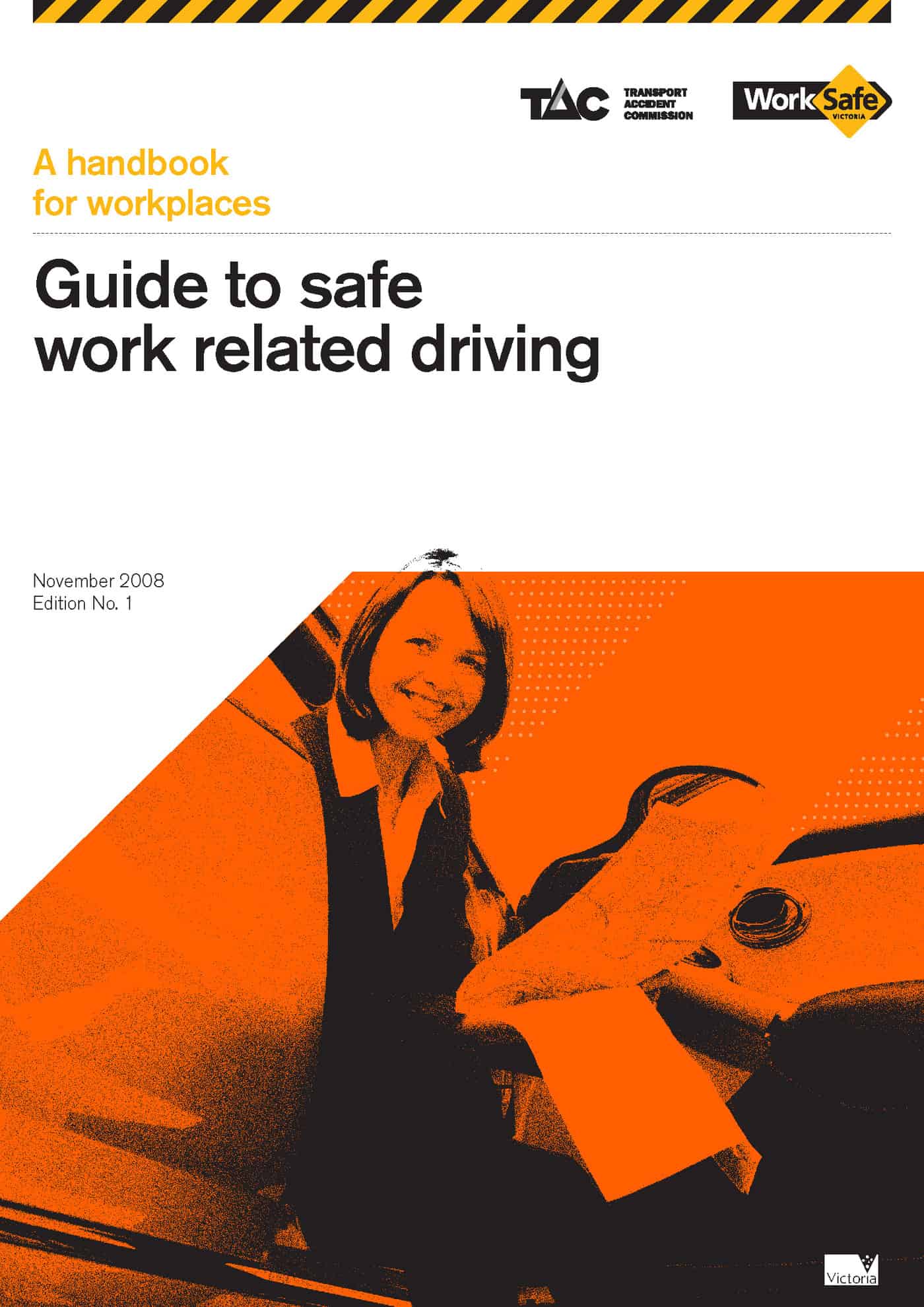Family-friendly work initiatives always get increased attention around International Women’s Day. This is a shame as work/life balance is not gender specific, however the dominant Western family structures make the application of the concept relative to gender. As long as the matter is perceived as a “women’s issue”, it will struggle for attention in a basically patriarchal society.
Family-friendly work structures are predominantly associated with hours of work and leave entitlements. These don’t seem to be OHS matters as they are mostly handled through HR or the pay department however there is a link and it is a link that work/life and work/family advocates may use as a strong argument for their cause.
Leave is a worker entitlement for several reasons:
- Situations may occur where the employee is required to stay home to look after an ill relative;
- The employee may stay home as they are too sick to work; and
- The employee may feel they need time away from work to rebalance their lives.
The second point has an OHS relevance because going to work while sick may introduce a hazard to your work colleagues – presenteeism. In many jurisdictions it is a breach of an employee’s OHS legislative obligations to not generate hazards for their work colleagues or members of the public while at work.
The third point relates to an individual’s management of stress and/or fatigue.
In Australia, some workplaces allow for “doona days” (or for those in the Northern hemisphere’s winter at the moment “duvet days”). These are days where a workplace and the employee would benefit psychologically from some time-out in order to “reboot”.
It may also be a valid fatigue management mechanism where long hours have been worked to the extent where attending the workplace may present hazards to others, or to themselves by feeling impaired, or have the employee working well below the appropriate level of attentiveness for the job to be properly done.
Leave entitlements, to some extent, form part of the employer’s legislative obligations to have a safe and healthy work environment. But they also support the worker’s obligations to look after themselves and not present hazards to others.
The OHS element of leave entitlements should be emphasized when discussions of family-friendly workplaces occur. Not only does it legitimately raise the profile of OHS in business planning, it can add some moral weight to an issue that can get bogged down in industrial relations.
Some readers may want to check out recent presentations to the US Senate in early-March 2009, by various people on the issue of family-friendly work structure. These include
Eileen Appelbaum, Director of the Center for Women and Work at Rutgers University,
Dr Heather Boushey, Senior Economist at the Center for American Progress Action Fund,
Rebia Mixon Clay, a home health care worker who cares for her brother in Chicago. (Rebia’s video is below)

